Islamic coins were first issued in India by the Amirs of Sind in the eight century AD and their regular coinage commenced in the eleventh and twelfth century AD by the Sultans of Delhi. Bahmani was the first major Muslim dynasty (748-942AH/ 1347-1538AD) to rule in the Deccan after their revolt against the Tughlaq rule five succession states emerged in the Deccan and they are Barid Shahi (895-1028AH/ 1489-1619AD), Nizam Shahi (902-1046AH/ 1496-1636AD), Adil Shahi (895-1097AH/ 1490-1686AD), Qutb Shahi (895-1098AH/ 1489-1687AD) and Imad Shahi (895-980AH/ 1484-1572AD) respectively.
Islamic coins are unique not only for their calligraphy but also for the wealth of information that they provide and Bahmani and the five succession dynasties coins are no excepton. Islamic coins usually have mints name, year of issue in Hijri era, regnal year and a legend which could be very elaborate and truly reveal the charcter of the issuer. Another charavterisic of Islamic coins is the mention of the name of the father of the issuer which makes it easy to identify the king especially when his name is comon like Ahmad and Muhammad. For example there wear four. Ahmads and three Muhammad’s out of eighteen Bahmani rulers and each king can be identified because they mention the name of their father and sometime even their grandfather.
Deccan Sultanate coins are available in plenty in the market and this books is a guide for those non-Urdu knowledgeable coin enthusiasts to identify them and find new coins.

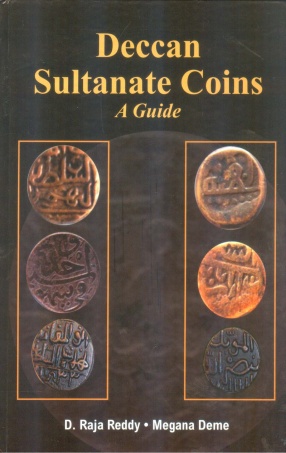
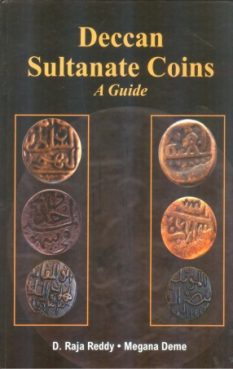
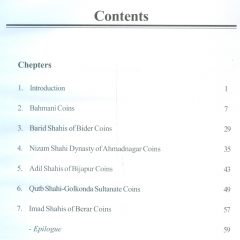

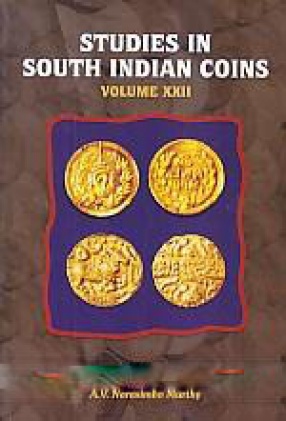
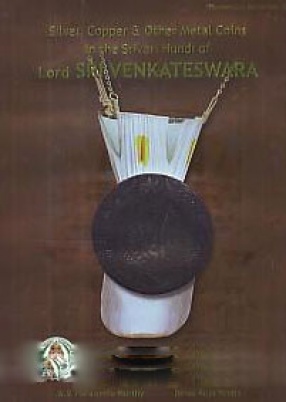
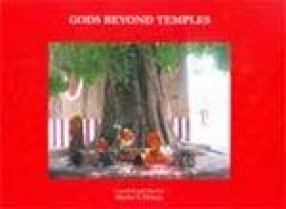
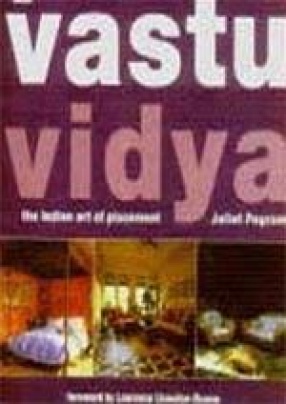
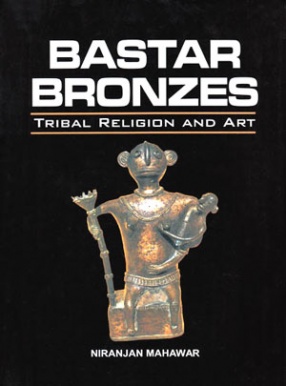
There are no reviews yet.